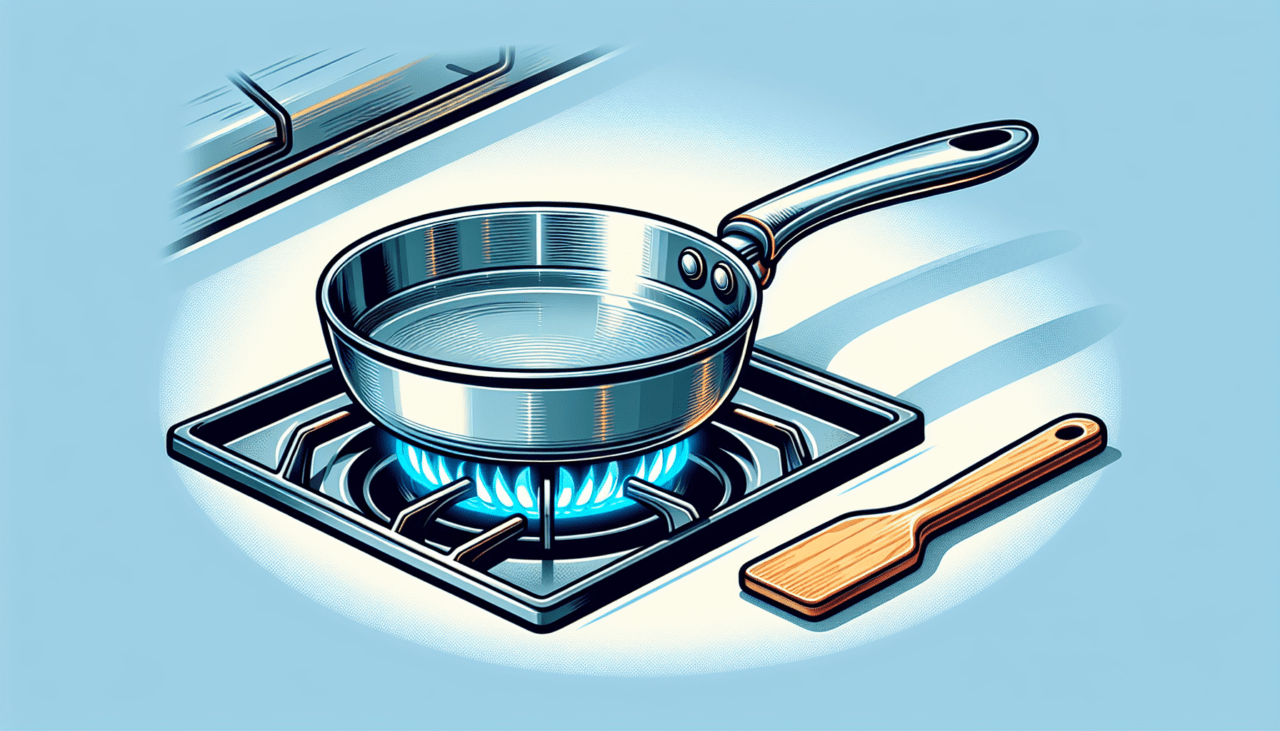Picking out cookware can feel a little overwhelming sometimes, right? I remember years ago, I just grabbed the cheapest frying vessel I could find, only for it to become a warped, sticky mess after just a few months. It made cooking feel like a chore! That’s when I realised that finding the *right* tool for your everyday kitchen adventures really makes a difference. It’s not just about having something to cook in; it’s about having something reliable, easy to use, and maybe even a little bit joyful to pull out day after day. So, let’s chat about how to find the best pan for all your daily cooking needs.
Understanding Your Material Options
When you’re looking for a go-to skillet, the material is probably the first big decision. Different materials offer different cooking experiences, cleaning needs, and lifespans. Knowing the basics helps narrow down the choices significantly, making it less of a guessing game and more of an informed pick for your specific cooking style and what you tend to make most often.
Non-Stick Ponderings
A popular choice for many, the **non-stick pan** excels at eggs, pancakes, and anything else you don’t want clinging to the surface. They make cleanup incredibly simple, which is a huge plus for busy weeknights. However, they usually require gentler handling and lower heat than other types of cookware, and the coating does wear down over time.
Considering Stainless Steel
On the other hand, a good **stainless steel pan** is like the workhorse of the kitchen. It’s incredibly durable, can handle high heat for searing, and often transitions beautifully from stovetop to oven. While food can stick if you’re not careful with temperature and fat, once you learn its quirks, it’s fantastic for building sauces or getting that perfect crust on meat. Plus, they last ages.
Size, Shape, and Handy Features
Beyond the material, the physical aspects of the cookware play a huge role in its daily usability. Think about what you cook and for how many people. A tiny one might be great for a single egg, but useless for a family stir-fry. Conversely, a giant one is a pain to wash if you’re just heating up some leftovers. It’s about finding a happy medium that tackles most of your typical meals.
Finding the Right Size
For everyday cooking, something in the 8-12 inch range is usually ideal. This size is versatile enough for frying, sautéing, or making small batches of sauces. An 8-inch is great for one or two servings, while a 10-inch or 12-inch handles larger portions or multiple items comfortably.
Handles and Lids Matter
Don’t overlook the handle! It should feel comfortable and balanced in your hand. Check if it stays cool to the touch on the stovetop. A lid is also surprisingly useful for simmering, steaming, or keeping food warm. Ensure the lid fits snugly, and bonus points if it’s transparent so you can peek without letting steam escape.
Durability, Maintenance, and Your Wallet
Buying cooking equipment is an investment, even if it’s just one reliable skillet. You want something that will hold up to frequent use and won’t require excessive pampering. How easy it is to clean is also a major factor in how much you’ll actually enjoy using it daily. Nobody wants to spend ages scrubbing after every meal!
Keeping it Clean
Ease of cleaning is paramount for daily use. A **non-stick pan** usually just needs a quick wipe, while a **stainless steel pan** might require a bit more soaking or gentle scrubbing. Consider if it’s dishwasher safe if that’s important to you, though hand washing often prolongs the life of cookware.
Balancing Cost and Quality
You don’t necessarily need the most expensive cookware on the market, but the cheapest option might disappoint you quickly. Look for a balance. Read reviews, check the construction (a heavy bottom is good for even heating), and consider the warranty. Sometimes paying a little more upfront for a quality piece saves you money in the long run because it lasts longer.
So, how do you make your choice? Think about what you cook most often. Are you frying eggs every morning? Searing steaks? Sautéing vegetables? Consider your comfort level with cleaning and maintenance. Picture yourself using it: does the handle feel right? Does the size seem practical? By weighing these factors – material, size, features, and how it fits into your actual kitchen routine – you can confidently choose a reliable piece of cookware that will be a joy to use day in and day out.
